But before we begin, it should be reminded at this point that gender-based violence refers to any form of sexual, emotional, psychological, physical, social, or economic violence targeted against persons solely on the basis of their gender identity, expression, or characteristics or/and of their sexual orientation. Among the examples of gender-based violence against LGBTIQA+ persons, one can mention the following that cover a wide range of forms and intensities of GBV, from the structural, systemic, and institutionalized level all the way to the level of the everyday, insidious, and interpersonal: bullying within the school environment by classmates and educators, hate speech, physical assaults, incidents of emotional and psychological abuse by partners or family members, legal texts that exclude LGBTIQA+ persons or pose disproportionate conditions for a right to be exercised by LGBTIQA+ persons, conversion therapies or even forms of ‘therapeutic’ rape as ‘straightening’ devices, problems with the identification of a trans or gender-nonconforming person whey they use public services, cases of overmedication or misdiagnosis at hospitals when the patient is a femininity or an LGBTIQA+ one, the housing at the wrong hospital or prison ward for trans persons, and others.






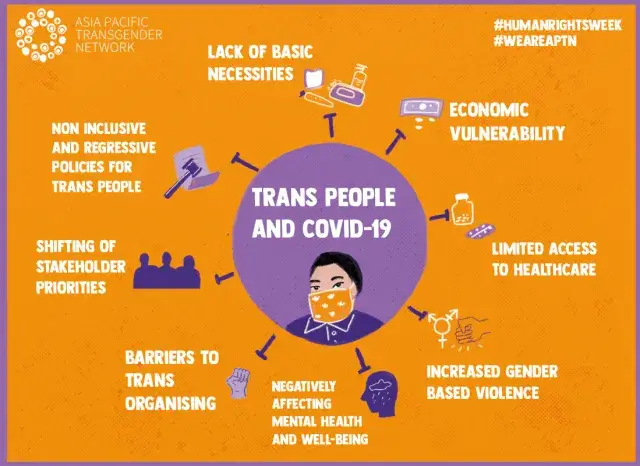
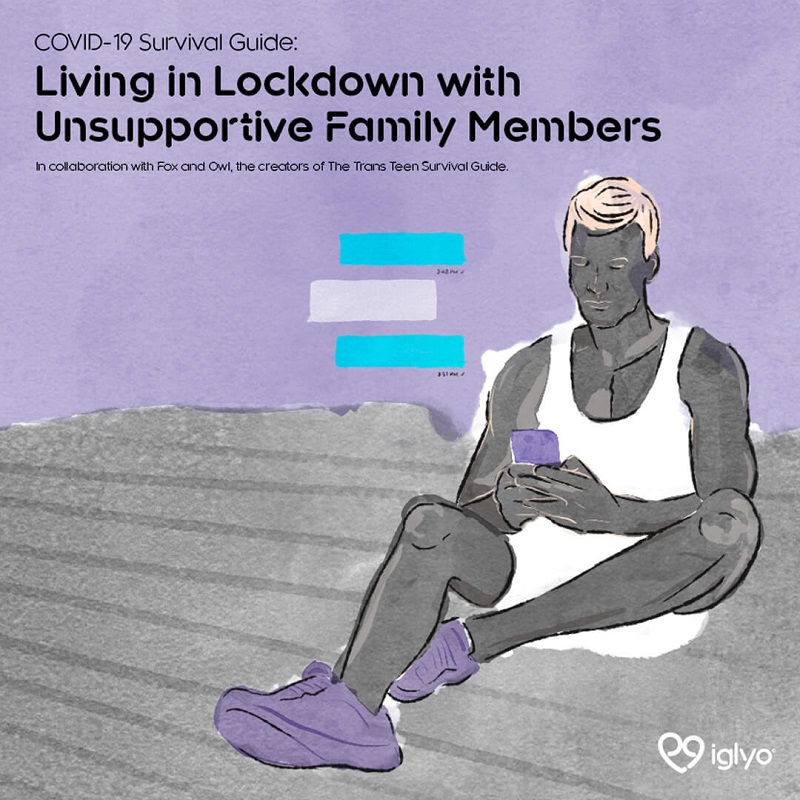
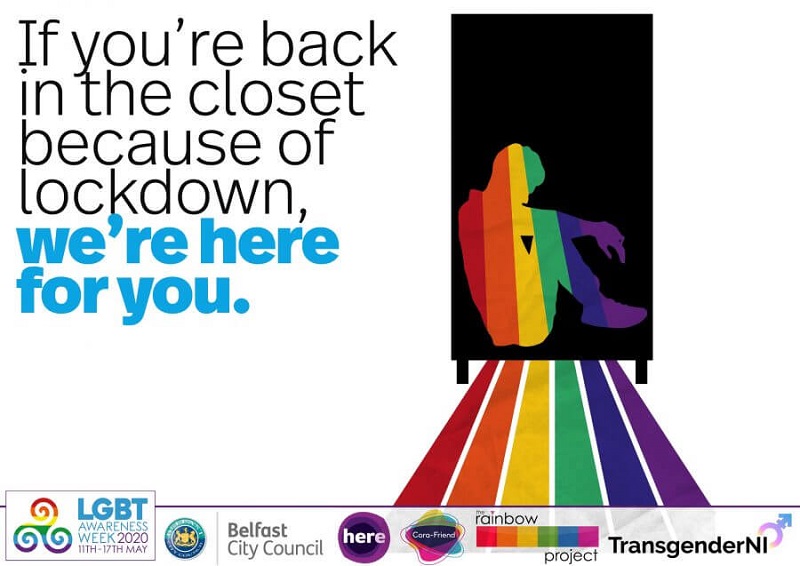
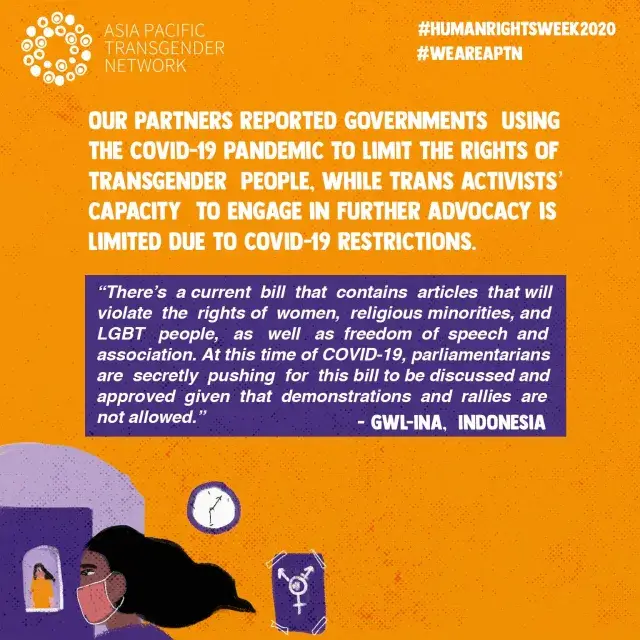
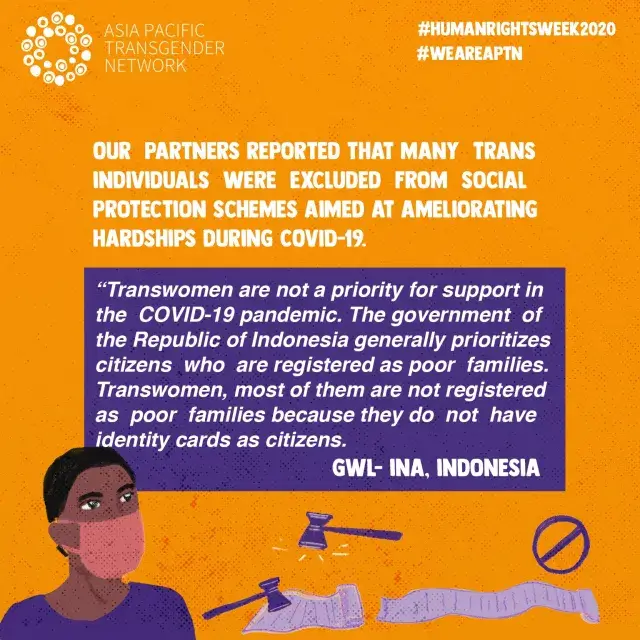

 Login
Login